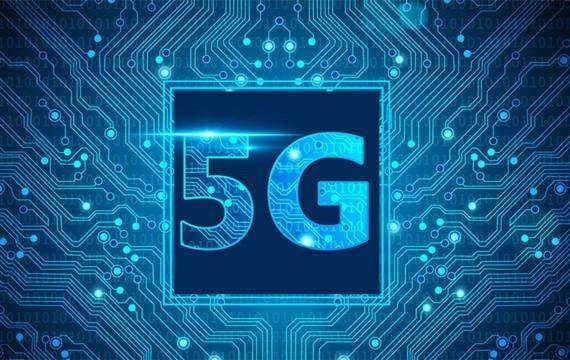
According to media reports, currently, more and more countries and regions have opened 5G commercial networks. In the 5G era, people can use their mobile phones to do anything at a much faster speed, and more devices can access the Internet without slowing down their work speed. Both autonomous vehicles and health monitoring equipment will achieve leapfrog development.
5G technology will appear in the field of radio waves. To do this, large telecommunications companies must use the underutilized part of the spectrum. However, there is another key part: the bottom cable. A large number of new transmitters will be needed to transmit all the data to the mobile phone, and many of these transmitters will still be connected to the Internet via hair-thin fiberglass cables that carry light pulses.
According to the latest report “Trends in Telecommunications Reform” released by the International Telecommunication Union (ITU), from 2014 to 2019, the total amount of continuous capital investment related to optical fiber infrastructure will reach a staggering 144.2 billion US dollars.
Traditionally, 2G and 3G mobile networks usually use copper-based time-division multiplexing (TDM) circuits to connect cell sites to nearby mobile switching centers through mobile backhaul (MBH) networks. Although this traditional MBH architecture has indeed served the industry well in the past few decades, with the emergence of 4G, it quickly began to age. MBH upgrades are being carried out all over the world, converting traditional copper-based MBH service unit sites to packet-based fiber optic transmission to provide higher transmission capabilities.
Although, 5G mobile networks will significantly affect the wireless and wired ends of the global network infrastructure. However, 5G’s strong network performance goals depend to a large extent on the fiber availability of cellular sites and many of them.